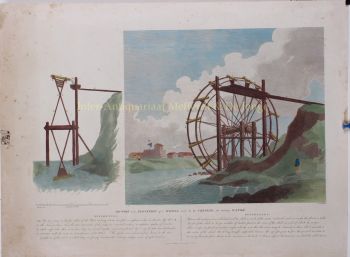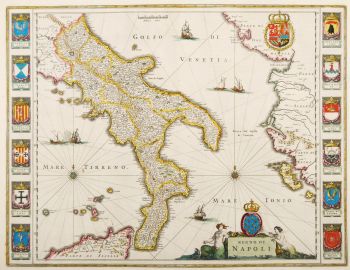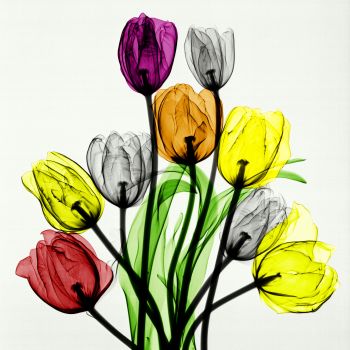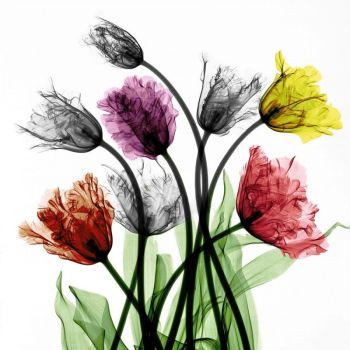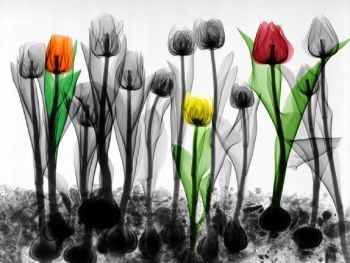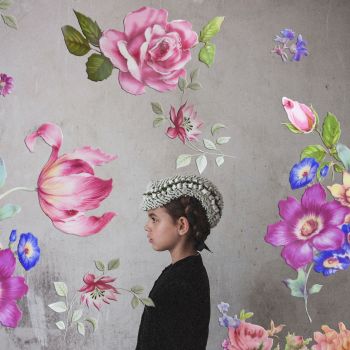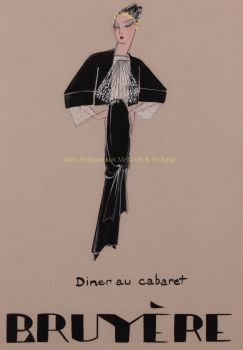Tulips 1737 - 1745
Johann Wilhelm Weinmann
PapierImprimer
33 ⨯ 21 cm
€ 1.250
Inter-Antiquariaat Mefferdt & De Jonge
- Sur l'oeuvre d'artTulips, etching with mezzotint from the "Phytanthoza iconographia", a florilegium published by Johann Wilhelm Weinmann between 1737 and 1745. Printed in colours with hand finishing. Size: 33,5 x 21,5 cm. (Frame: 42 x 55 cm.) Johann Wilhelm Weinmann (1683-1741) was an apothecary from Regensburg whose success in business funded his interest in botany. He created a botanical garden with a collection of plants which formed the basis of the Phytanthoza iconographia, a comprehensive iconography of “several thousand plants, trees, perennials, herbs, flowers, fruits and sponges, both domestic and foreign, from all four parts of the world collected with tireless diligence over the course of many years, which are engraved in the nicest way on copper, and at the same time by a newly invented way, after nature with vivid colours in most graceful illustrations.” To illustrate his florilegium, Weinmann hired the brilliant young botanical artist Georg Dionysius Ehret (1708-70), who, in his inexperience, agreed to terms highly unfavorable to himself. Disgusted with the miserly pay, Ehret wound up leaving the project after completing 500 designs, and his pivotal contribution to the work is nowhere acknowledged in the publication. The plates made an enormous impact on other artists, botanists, and printers, inspiring, among others, Christoph Trew, who saw his "Plantae Selectae" as an extension of Weinmann's work (a properly-paid Ehret did the illustrations for Trew). The mezzotint process used for the Phytanthoza had been invented by Johan Teyler in the Netherlands around 1688. This particular plate was made by by Johann Jakob Haid (1704-67), who combined etching and mezzotint, which made delicate lines and a very fine grain possible. The addition of hand-tinting brought about unusual and subtle effects. Price: Euro 1.250,- (incl. frame)
- Sur l'artiste
Johann Wilhelm Weinmann , apothicaire et botaniste, est connu pour sa création du florilegium Phytanthoza iconographia entre 1737 et 1745, un projet ambitieux qui a abouti à huit volumes in-folio avec plus de 1000 gravures coloriées à la main de plusieurs milliers de plantes.
Êtes-vous intéressé par l'achat de cette oeuvre?
Artwork details
Catégorie
Sujet
Matériel & technique
Couleur
Related artworks
- 1 - 4 / 24
- 1 - 4 / 24
Marc Chagall
Adam et Eve Chasses du Paradis Terrestre1952 - 1980
Preis auf AnfrageArthouse Marc Chagall
1 - 4 / 24- 1 - 4 / 12













